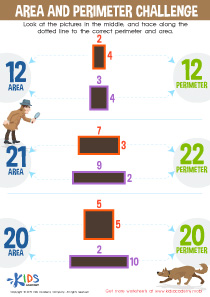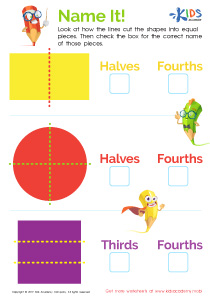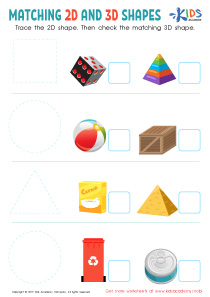2D Shapes Worksheets for Ages 3-6
62 filtered results
-
From - To
Discover our engaging 2D Shapes Worksheets designed for children ages 3-6! These fun, interactive activities help young learners identify and differentiate basic shapes like circles, squares, triangles, and rectangles. Tailored to spark curiosity, our worksheets promote early math skills through coloring, tracing, and matching exercises. Suitable for home and classroom use, these printable resources enhance shape recognition while making learning enjoyable. Whether you’re a parent or educator, these worksheets are perfect for complementing your child’s education. Start exploring the world of 2D shapes today and support your child’s foundational math development with our thoughtfully designed materials!
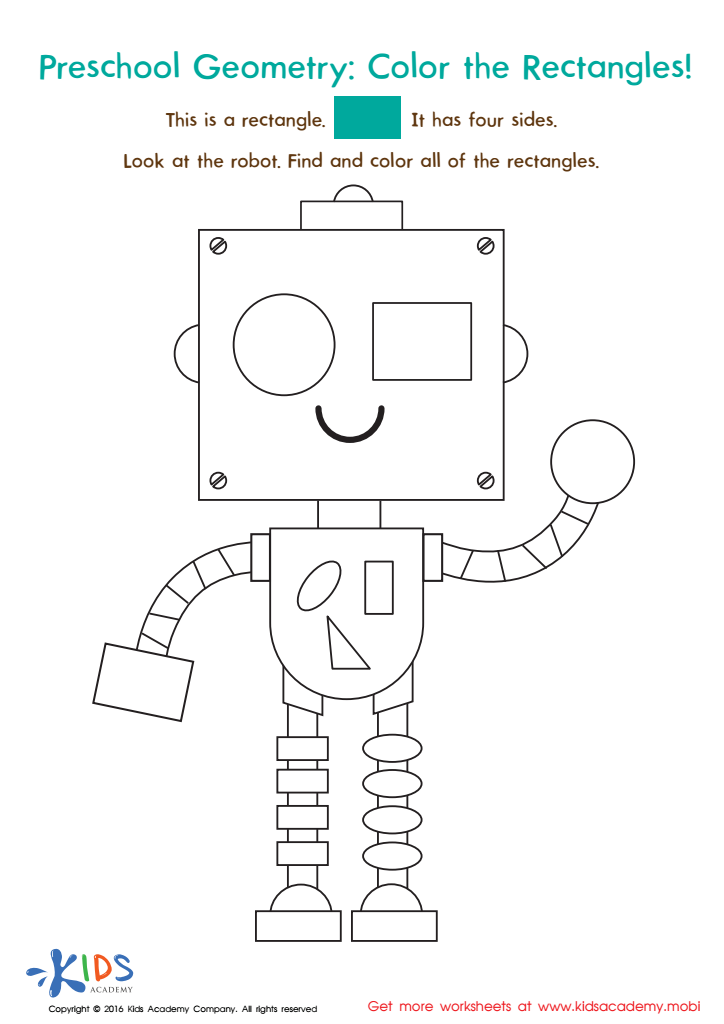

Geometry Worksheet
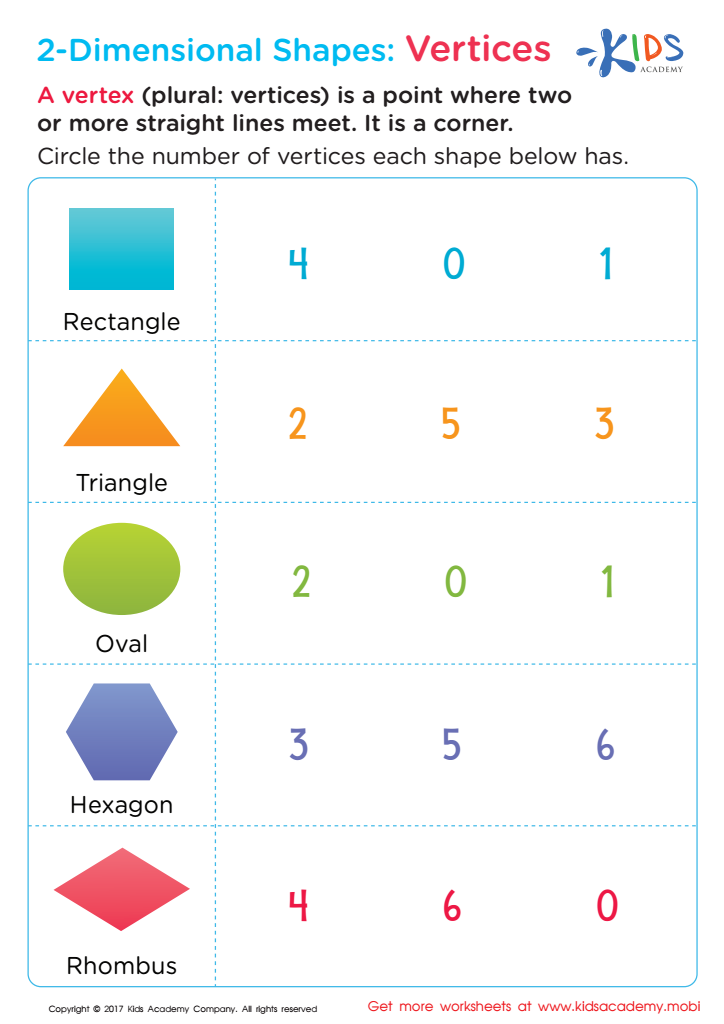

Two–Dimensional Shapes: Vertices Printable


Matching and Sorting for Kindergarten: Assessment 3 Worksheet
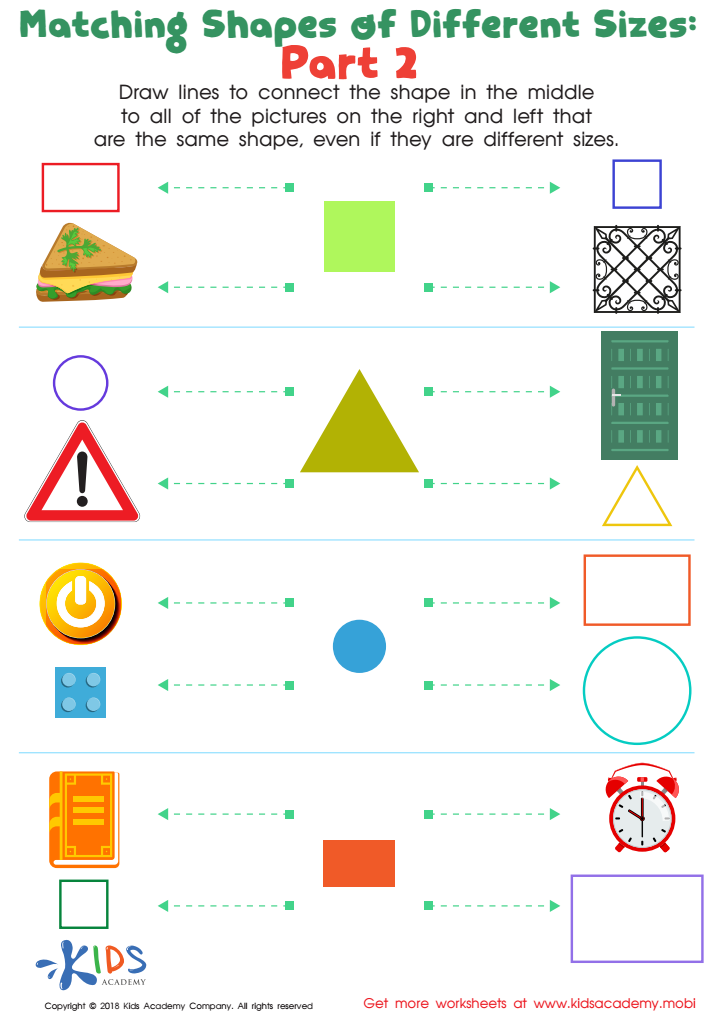

Geometry: Part 2 Worksheet
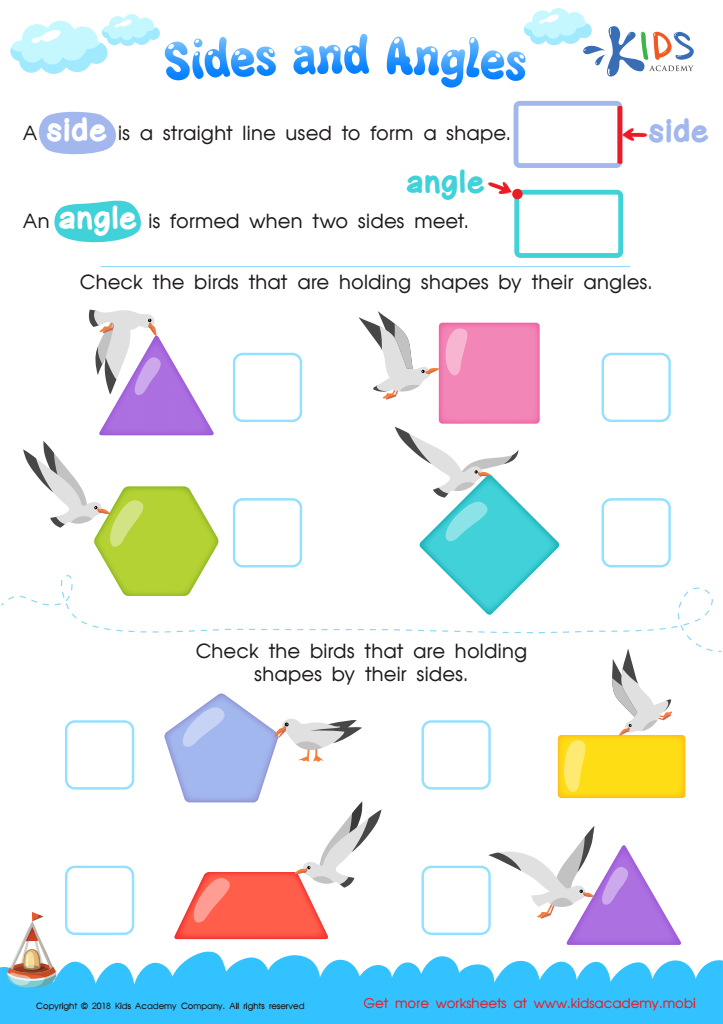

Sides and Angles Worksheet
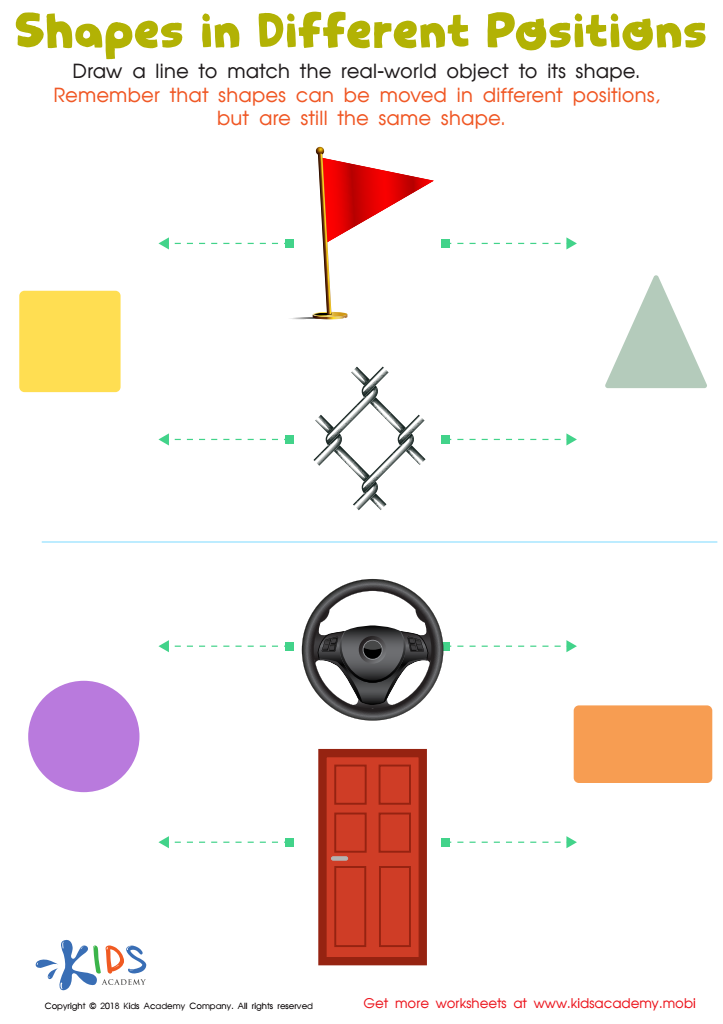

Shapes in Different Positions Worksheet
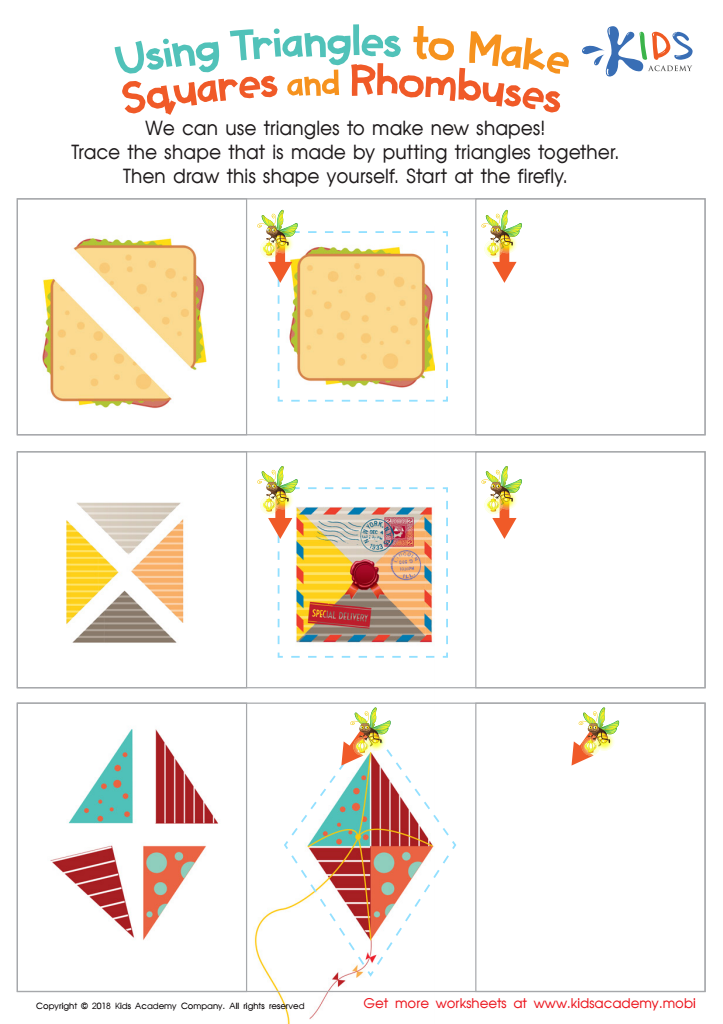

Using Triangles to Make Squares and Rhombuses Worksheet
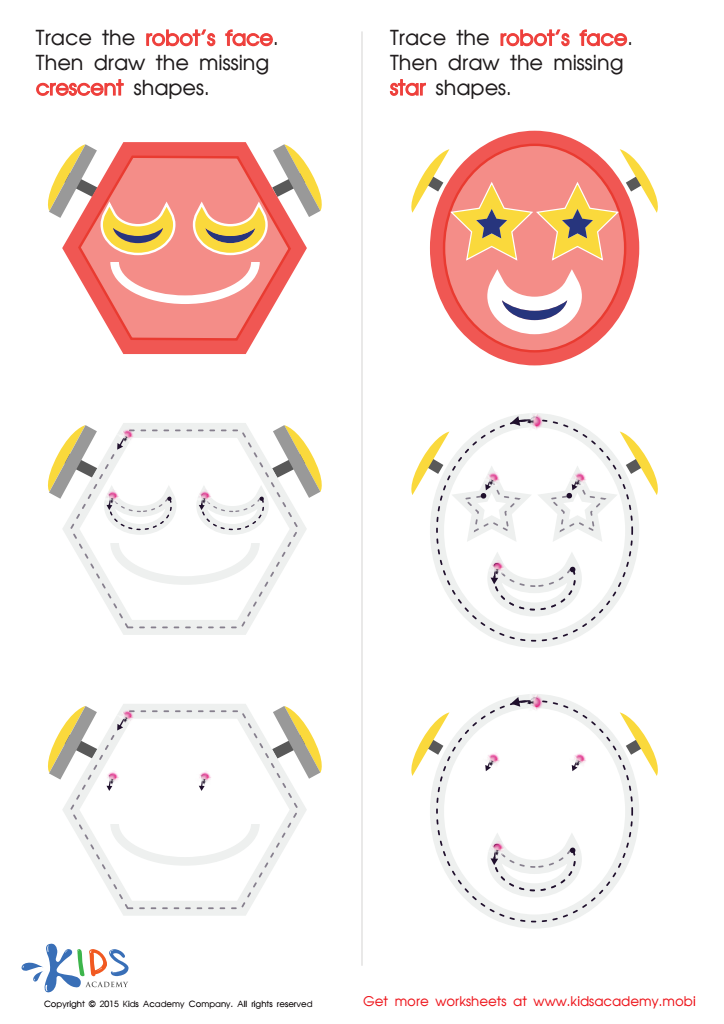

Composing a Robot's Face of Crescents And Stars Worksheet
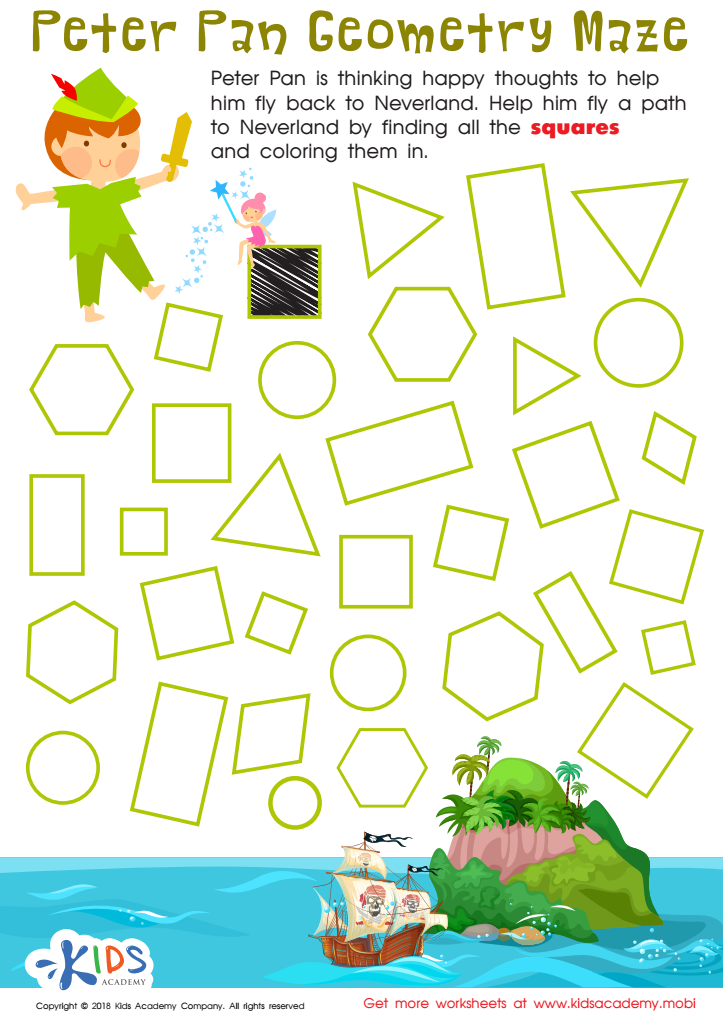

Peter Pan Worksheet
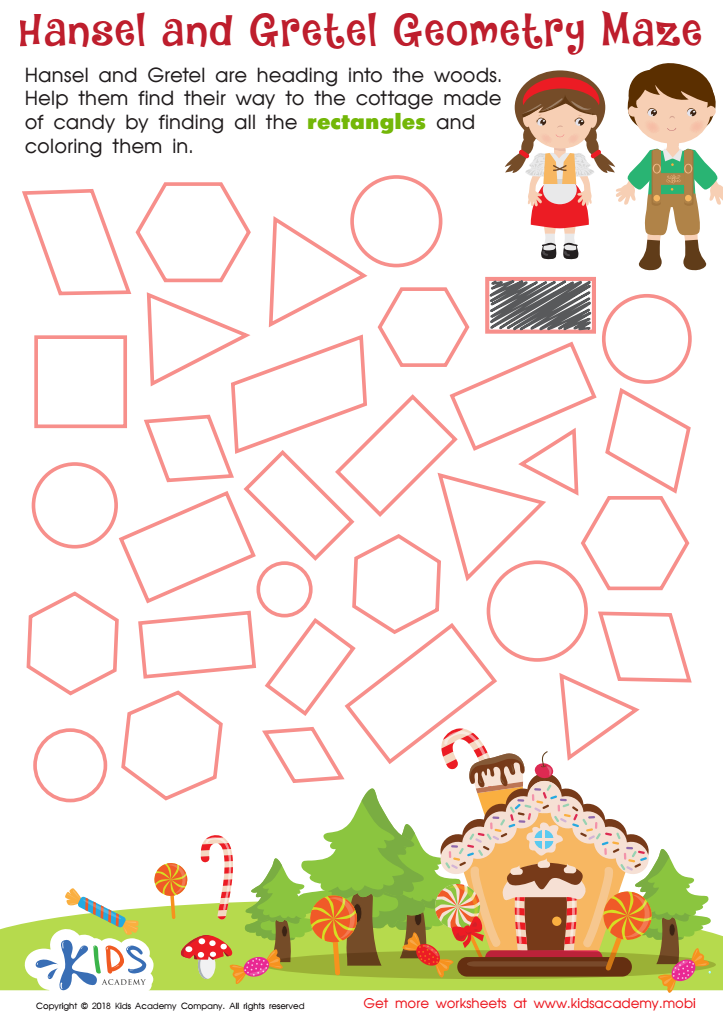

Hansel and Gretel Geometry Maze Worksheet


Match It up Worksheet
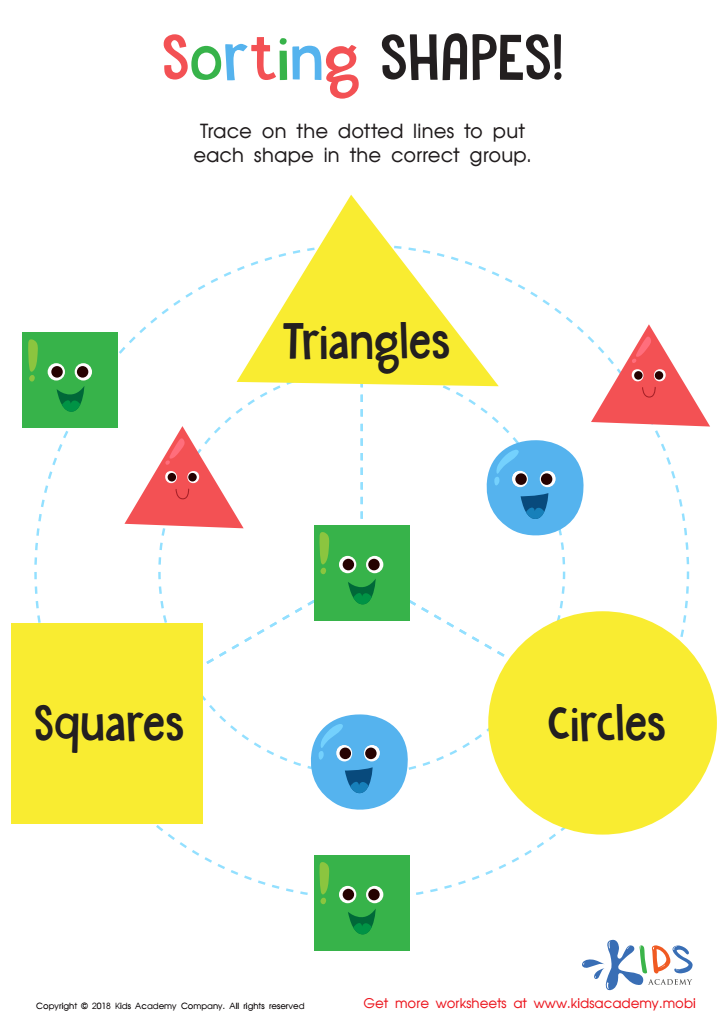

Sorting Shapes - Part 3 Worksheet


Drawing a Triangle Worksheet
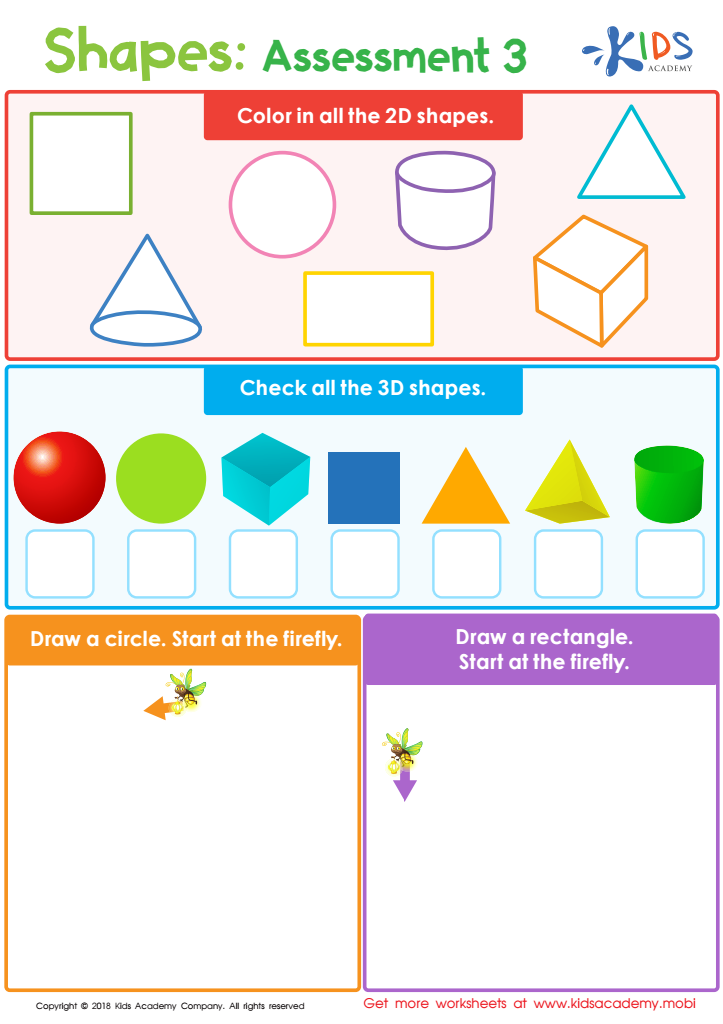

Shapes: Assessment 3 Worksheet
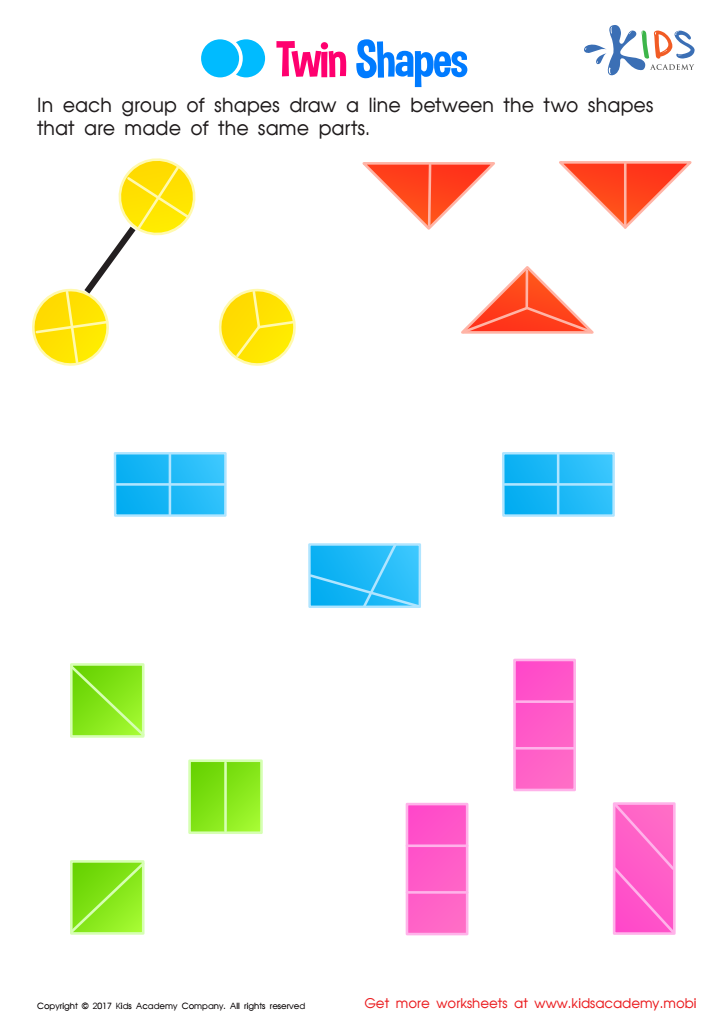

Twin Shapes Worksheet
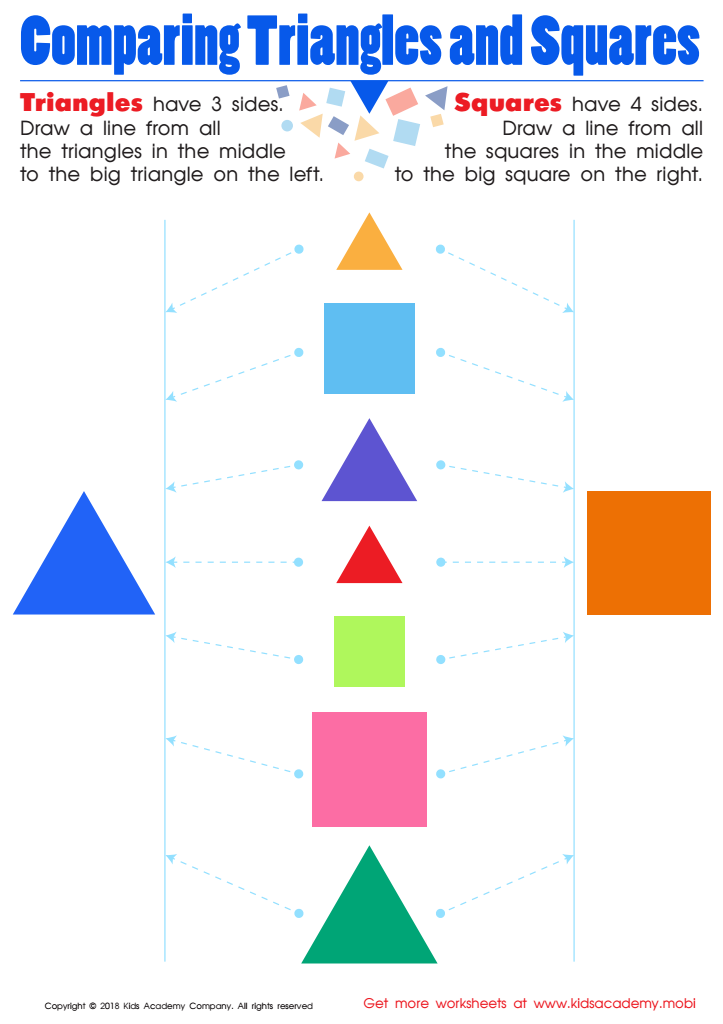

Comparing Triangles Squares Worksheet
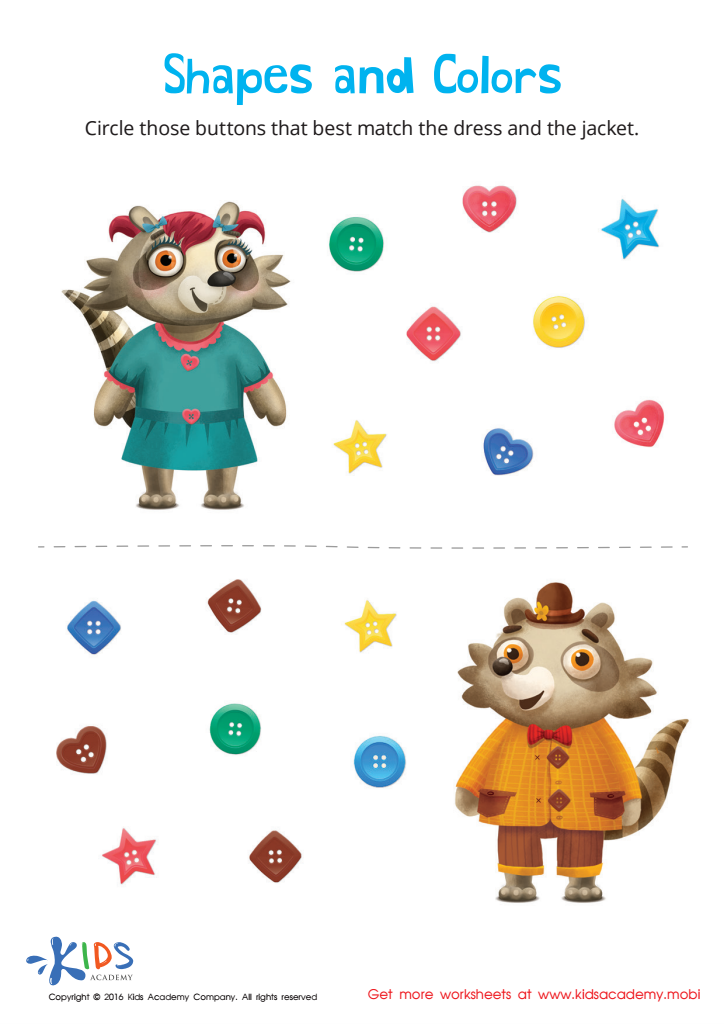

Matching: Shapes and Colors Worksheet
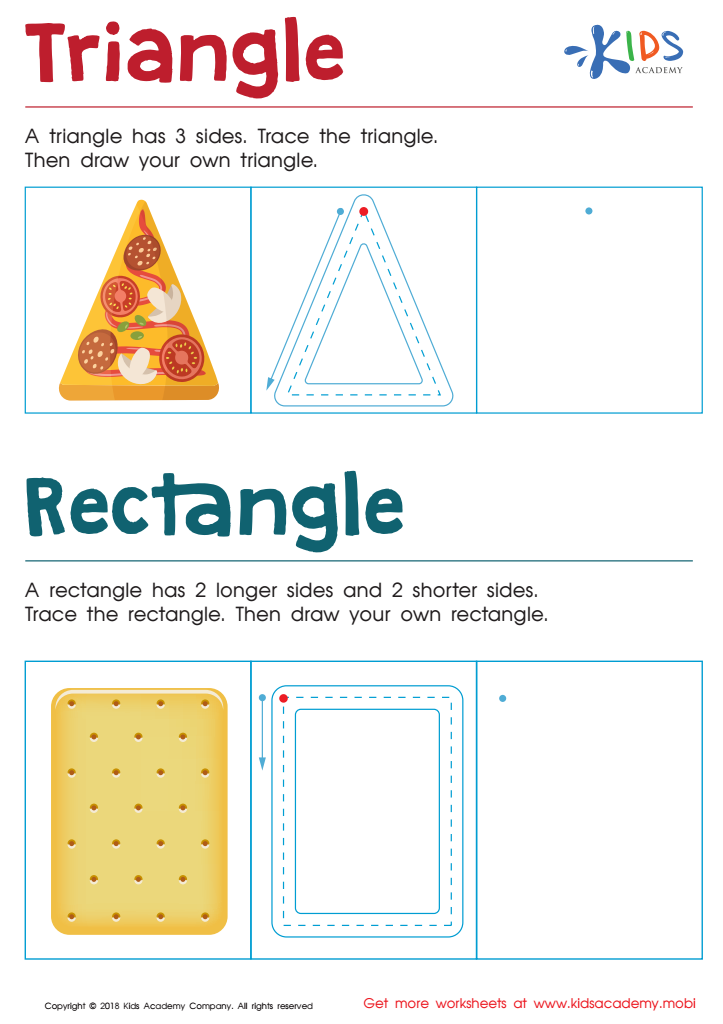

Triangle Rectangle Worksheet
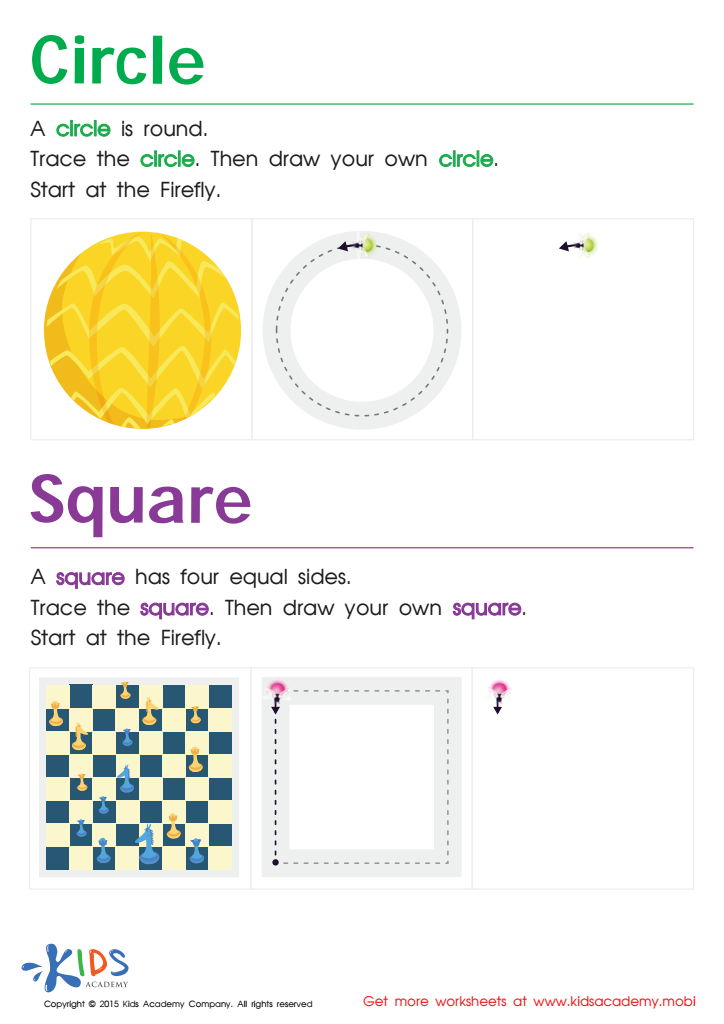

Trace And Draw a Circle And a Square Worksheet
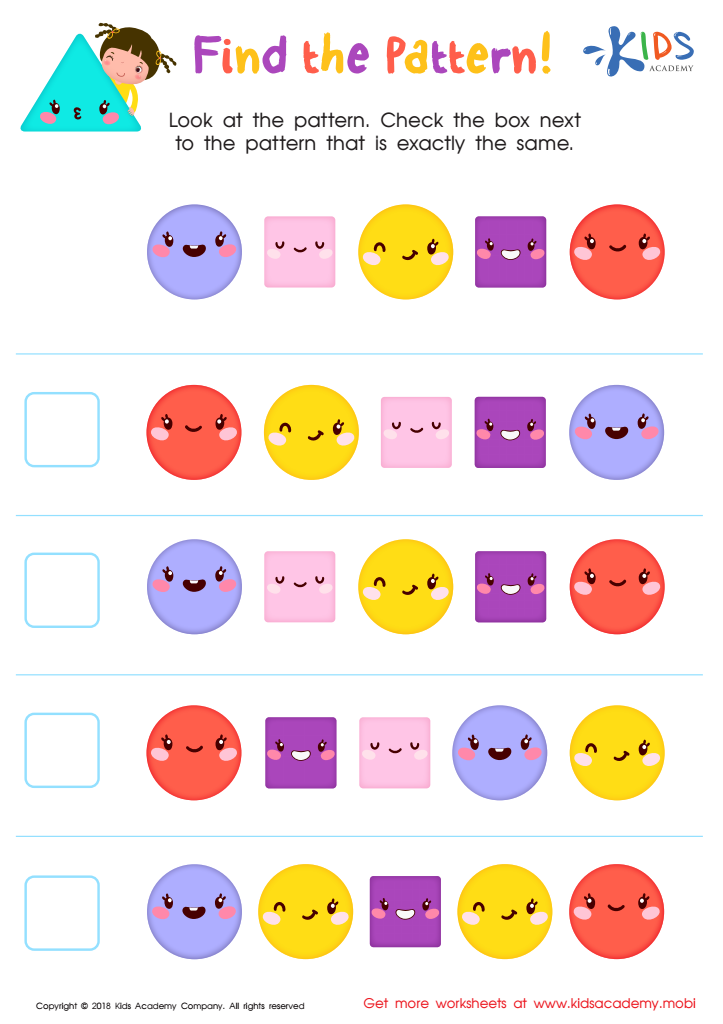

Find the Pattern Worksheet


Geometry – Assessment 1 Worksheet


Shapes of All Sizes Worksheet
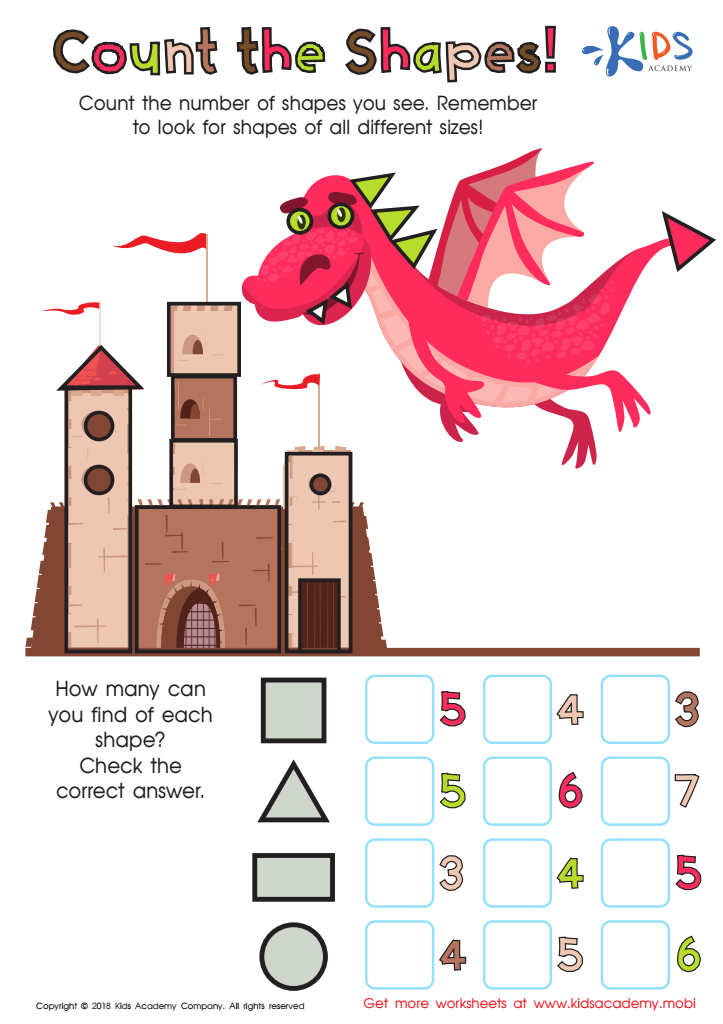

Count the Shapes Worksheet
Understanding 2D shapes is crucial for young children aged 3-6 as it lays the foundation for their mathematical and spatial reasoning skills. At this developmental stage, children are naturally curious about the world around them, and shape recognition helps them make sense of their environment. By learning about shapes, children enhance their observational skills and learn to identify patterns, relationships, and characteristics.
When parents and teachers engage children with 2D shapes, they promote cognitive development. Activities such as drawing, building with blocks, or sorting shapes encourage critical thinking and problem-solving abilities. Additionally, recognizing shapes is directly linked to early literacy skills. For instance, children often learn to recognize letters and numbers based on their shapes, which is vital for reading and math fluency later on.
Moreover, understanding 2D shapes impacts daily life. Recognizing shapes helps children describe their surroundings, enhancing their communication and vocabulary. Playful interactions, like singing shape songs or engaging in sensory activities, reinforce this knowledge and make learning enjoyable.
Thus, fostering an early understanding of 2D shapes gives children the confidence and skills to tackle more complex concepts in the future, making it a key focus for parents and educators alike.

 Assign to My Students
Assign to My Students











